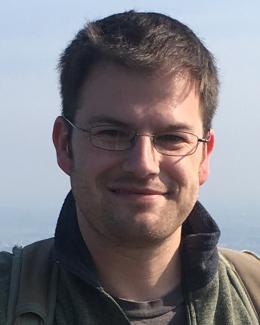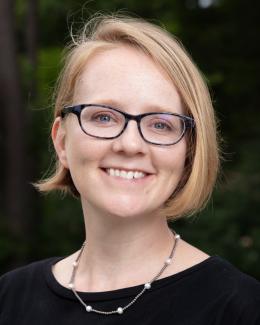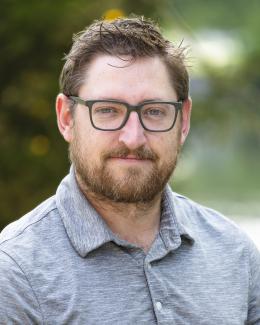
Nuclear nonproliferation scientists at the Department of Energy’s Oak Ridge National Laboratory have published the Compendium of Uranium Raman and Infrared Experimental Spectra, or CURIES, a public database and analysis of structure-spectral relationships for uranium minerals. This first-of-its-kind dataset and corresponding analysis fill a key gap in the existing body of knowledge for mineralogists and actinide scientists.
Laser based vibrational spectroscopy methods such as Raman and IR are frequently employed by nonproliferation materials scientists because they are rapid, nominally non-destructive, and can give direct insight to what a material contains. Where spectral assignments may be difficult, the CURIES database uses structural information, subject matter expertise and statistical analysis to determine key features of Raman spectra based on their structural origins.
“When I was in grad school studying uranium mineralogy, there was no single repository to look up a feature of a sample and compare it for identification,” said ORNL’s Tyler Spano, lead author on the CURIES article in American Mineralogist. “What we did was bring together data from many different sources including structural information and spectroscopy to understand spectral features and similarities as they relate to chemical, structural and other properties.” The ORNL team hopes that CURIES will support researchers who are looking for new relationships among various types of uranium materials and foster development of rapid characterization and analysis of spectra collected on new materials.
Spano supports ORNL’s nuclear nonproliferation mission, which gives her the opportunity to “see weird material that is not in a database anywhere.” But before Spano joined ORNL in 2020, other ORNL nuclear researchers had a similar idea about moving beyond pattern-matching for material identification. Ashley Shields, an ORNL nuclear security scientist, talked with colleagues about incorporating machine learning to find subtle features and signatures on materials known in the nonproliferation field.

CURIES pulls data from various sources to help users rapidly identify underlying structural and chemical properties of a sample based only on its spectrum. Some of CURIES’s data comes from published work, including academic journals and existing databases, while some is a unique version of metadata stemming from Raman spectroscopy and characterization work performed by ORNL researchers.
“Raman spectroscopy is a key component, because it can give you highly specific indicators of particular material structures,” said Jennifer Niedziela, a leader at ORNL in applied materials analysis. “We can now share information contained in the vibrational dynamics of the system, the structure, component and any sort of processing methodologies that may have been applied to it.” Using the Smart Spectral Matching integrated analysis platform developed at the lab, CURIES users can easily connect pieces of information for maximum value extraction from any particular sample.
The user interface on CURIES accounts for diverse ways users interact with mineral samples. Marshall McDonnell, a research software engineer at ORNL, led a team that created the web platform to understand concepts, not just match keywords. “Since we’re using a variety of sources of data for the database, it was important to teach the program to match concepts across computational datasets, academic journals and other sources with completely different vocabularies.” Thanks to a collaboration with the University of North Florida, the team integrated a chemical data ontology to facilitate numerous types of data coming together for the user.
CURIES continues to evolve with more information being added about each mineral and better algorithms to help find connections. New mineral samples continue to be added to CURIES courtesy of ORNL collaborator Travis Olds, assistant curator for minerals at the Carnegie Museum of Natural History and Spano’s graduate school colleague. “Our team from ORNL was able to bridge data and expertise of talented researchers to make something wonderful for the community,” Niedziela said.
UT-Battelle manages ORNL for the Department of Energy’s Office of Science, the single largest supporter of basic research in the physical sciences in the United States. The Office of Science is working to address some of the most pressing challenges of our time. For more information, please visit energy.gov/science. — Liz Neunsinger







